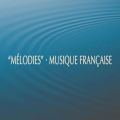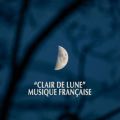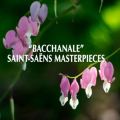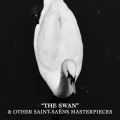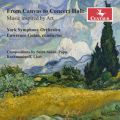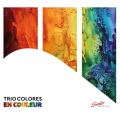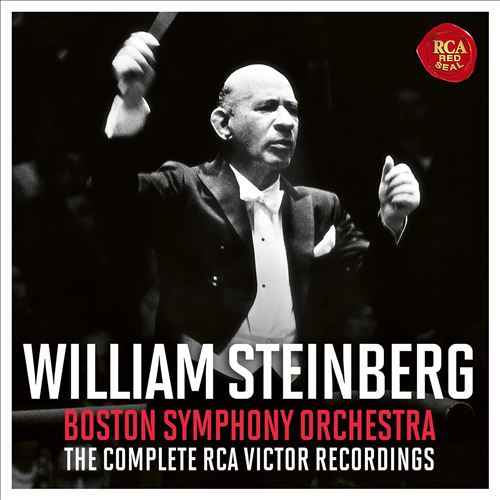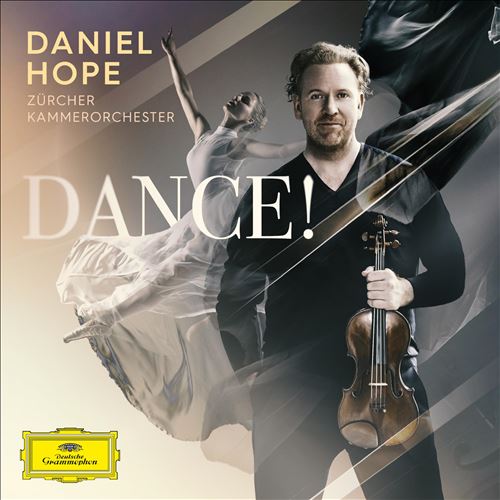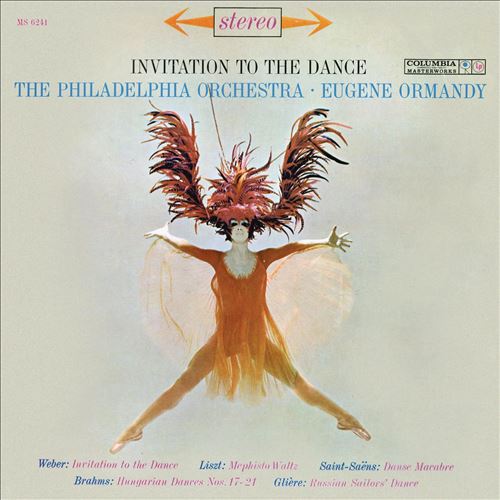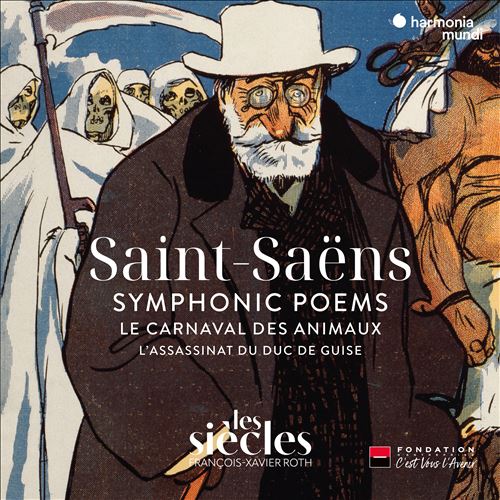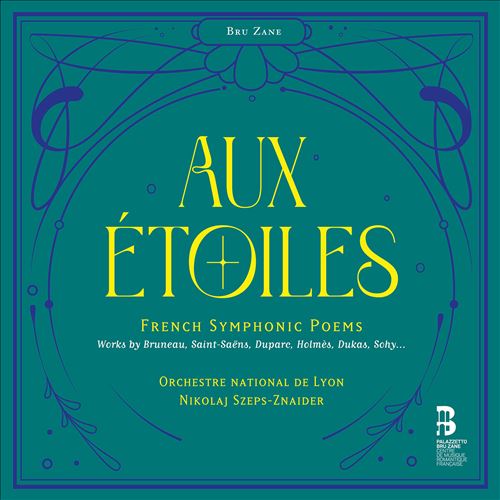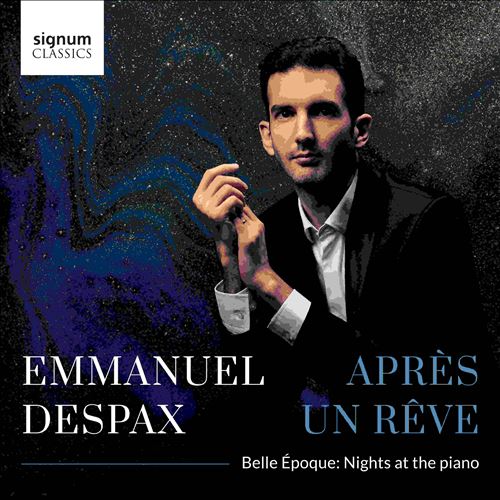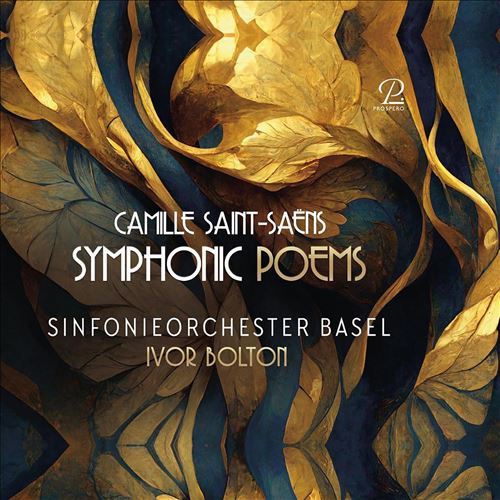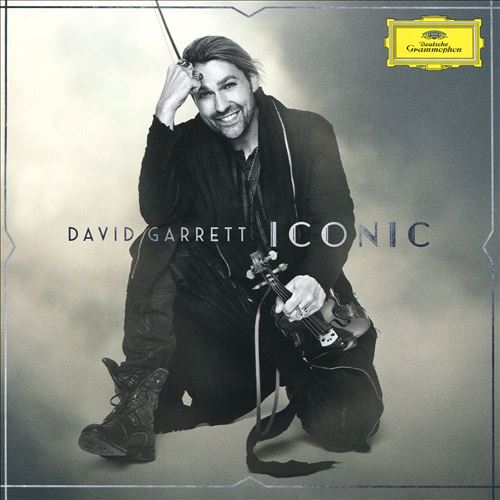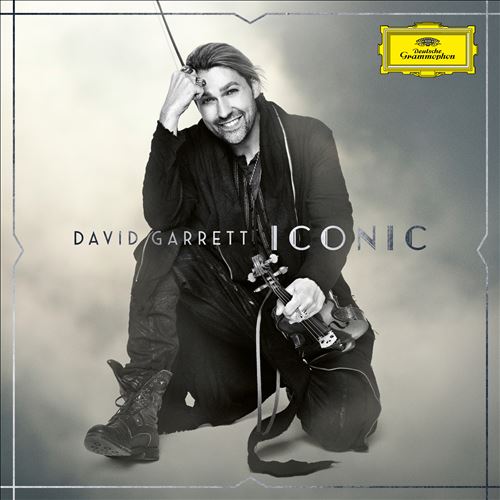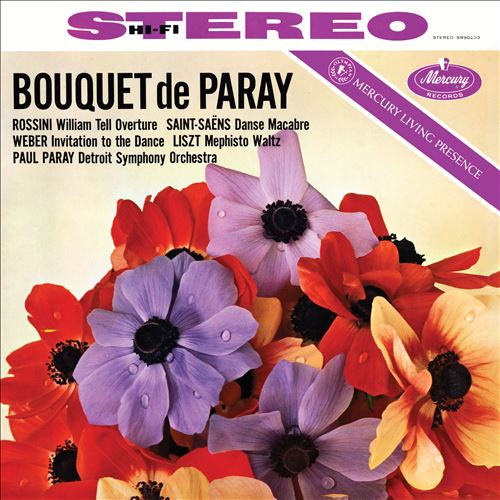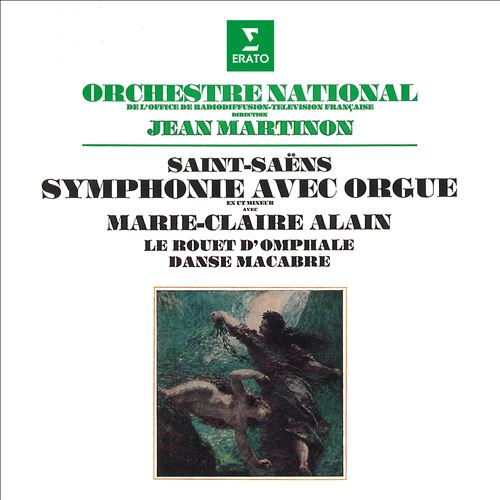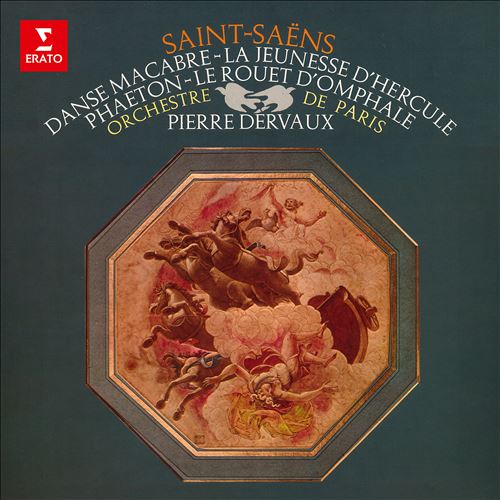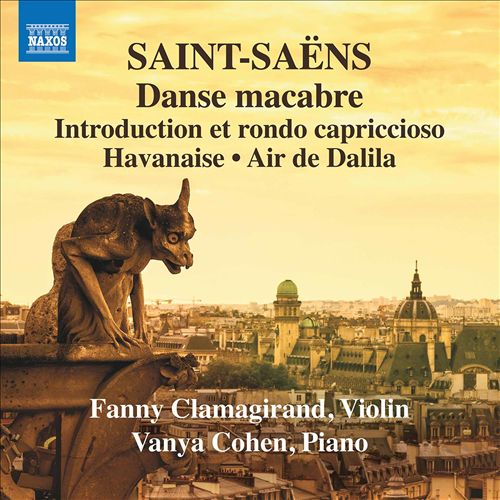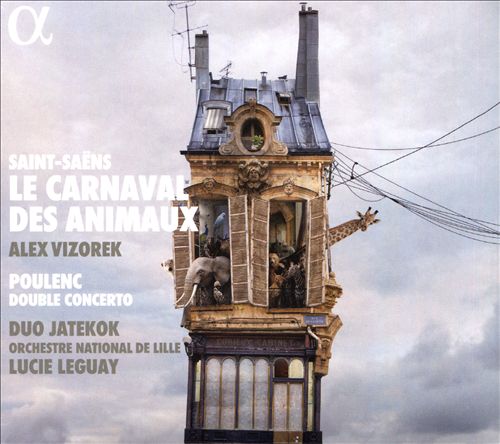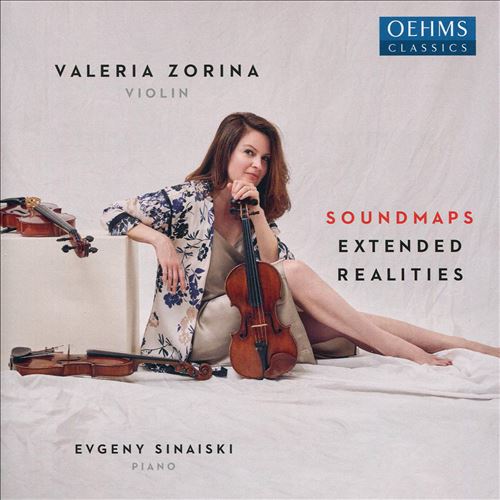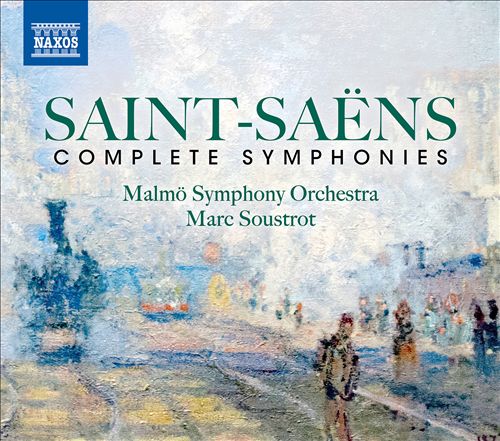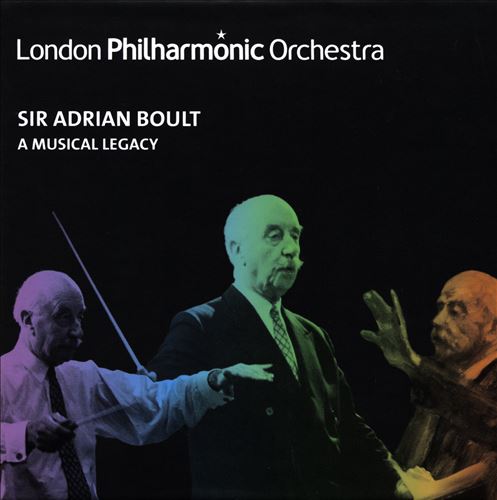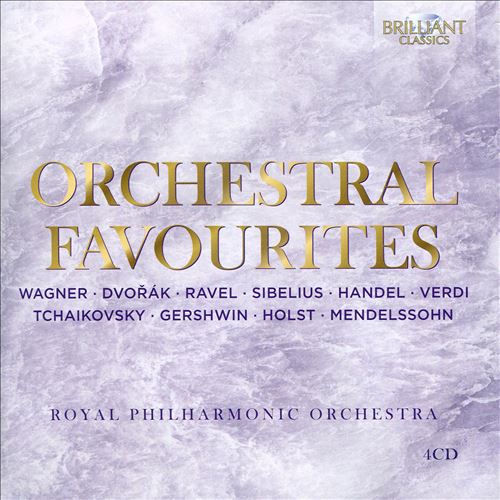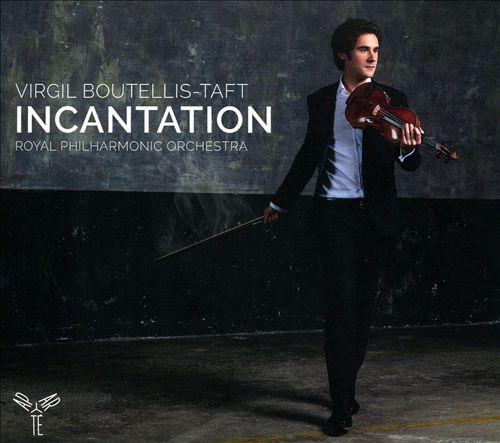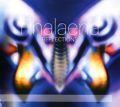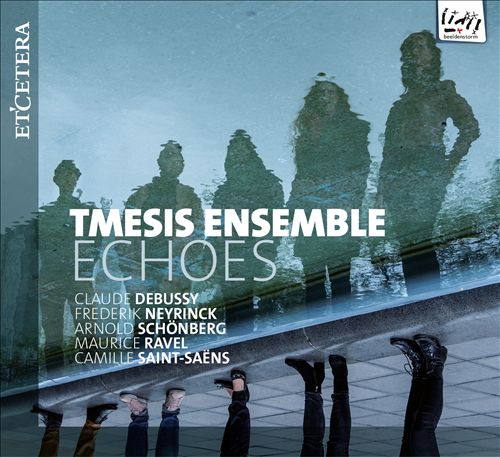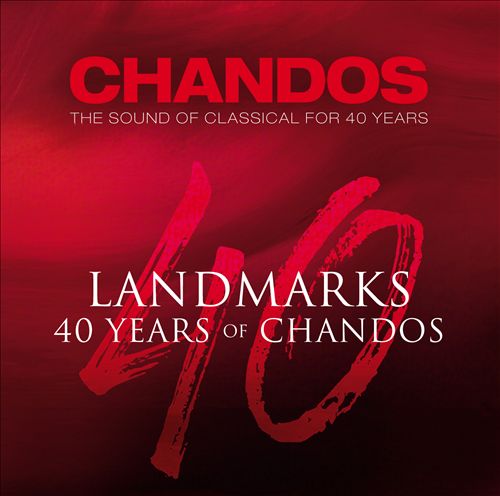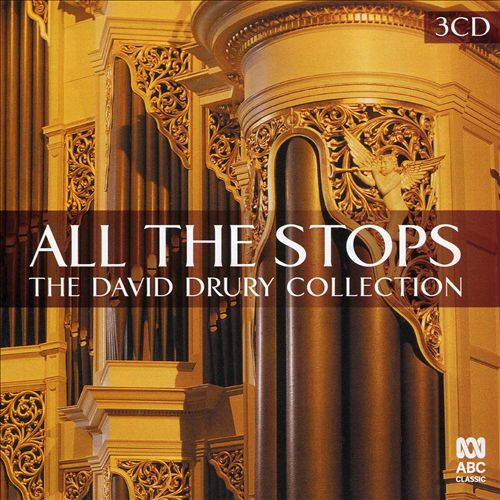Camille Saint-Saëns (카미유 생상스)
Danse macabre in G minor, Op. 40
100
10,000
1,400
WORK INFO
Danse macabre, Op. 40, is a tone poem for orchestra, written in 1874 by French composer Camille Saint-Saëns. It started out in 1872 as an art song for voice and piano with a French text by the poet Henri Cazalis, which is based on an old French superstition. In 1874, the composer expanded and reworked the piece into a tone poem, replacing the vocal line with a solo violin.
According to legend, "Death" appears at midnight every year on Halloween. Death calls forth the dead from their graves to dance for him while he plays his fiddle (here represented by a solo violin). His skeletons dance for him until the rooster crows at dawn, when they must return to their graves until the next year. The piece opens with a harp playing a single note, D, twelve times (the twelve strokes of midnight) which is accompanied by soft chords from the string section. The solo violin enters playing the tritone consisting of an A and an E-flat—in an example of scordatura tuning, the violinist's E string has actually been tuned down to an E-flat to create the dissonant tritone. The first theme is heard on a solo flute, followed by the second theme, a descending scale on the solo violin which is accompanied by soft chords from the string section. The first and second themes, or fragments of them, are then heard throughout the various sections of the orchestra. The piece becomes more energetic and at its midpoint, right after a contrapuntal section based on the second theme, there is a direct quote played by the woodwinds of the Dies Irae, a Gregorian chant from the Requiem that is melodically related to the work's second theme. The Dies Irae is presented unusually in a major key. After this section the piece returns to the first and second themes and climaxes with the full orchestra playing very strong dynamics. Then there is an abrupt break in the texture and the coda represents the dawn breaking (a cockerel's crow, played by the oboe) and the skeletons returning to their graves.From WIKIPEDIA
RELEASED ALBUMS
-
Mélodies: Musique FrançaiseMay 16, 2025
-
Clair de Lune: Musique FrançaiseApril 15, 2025
-
Bacchanale: Saint-Saëns MasterpiecesApril 14, 2025
-
"The Swan" & Other Saint-Saëns MasterpiecesMarch 31, 2025
-
From Canvas to Concert Hall: Music Inspired by ArtJanuary 3, 2025
-
En CouleurOctober 18, 2024
-
William Steinberg, Boston Symphony Orchestra: The Complete RCA Victor RecordingsApril 5, 2024
-
Dance!March 8, 2024
-
Invitation to the DanceDecember 8, 2023
-
Saint-Sa챘ns: Symphonic Poems; Le Carnaval des Animaux; L'Assassinat du Duc de GuiseNovember 17, 2023
-
Aux 횋toiles: French Symphonic PoemsOctober 20, 2023
-
Après un Rêve: Belle Époque - Nights at the PianoJune 16, 2023
-
Camille Saint-Saëns: Symphonic PoemsMay 19, 2023
-
Iconic [Deluxe CD]November 4, 2022
-
Saint-Saëns: Danse MacabreOctober 21, 2022
-
Bouquet de Paray [Paul Paray: The Mercury Masters II, Vol. 5]June 17, 2022
-
Saint-Saëns: Symphonie avec Orgue; Le Rouet d'Omphale; Danse MacabreNovember 9, 2021
-
Spatial Audio: The 3D Orchestral CollectionOctober 15, 2021
-
Saint-Saëns: Danse Macabre; La Jeunesse d'Hercule; Phaeton; Le Rouet d'OmphaleOctober 15, 2021
-
Saint-Saëns: Danse macbare; Introduction et rondo capriccioso; Havanaise; Air de DalilaSeptember 10, 2021
-
Saint-Saëns: Le Carnaval des AnimauxAugust 27, 2021
-
Soundmaps: Extended RealitiesJuly 30, 2021
-
Saint-Saëns: Complete SymphoniesJune 11, 2021
-
Sir Adrian Boult: A Musical LegacyDecember 4, 2020
-
Orchestral FavouritesNovember 20, 2020
-
IncantationFebruary 21, 2020
-
ReflectionsFebruary 14, 2020
-
Echoes: Debussy, Neyrinck, Schönberg, Ravel, Saint-SaënsAugust 9, 2019
-
Landmarks: 40 Years of ChandosJuly 5, 2019
-
All the Stops: The David Drury CollectionJuly 5, 2019
FEATURED MOVIES
-
 07:12생상스: 죽음의 춤 G단조 Op. 40
07:12생상스: 죽음의 춤 G단조 Op. 40 -
 07:24생상스: 죽음의 춤 G단조 Op. 40
07:24생상스: 죽음의 춤 G단조 Op. 40 -
 08:42생상스: 죽음의 춤 G단조 Op. 401er decembre 2009Paris
08:42생상스: 죽음의 춤 G단조 Op. 401er decembre 2009Paris -
 07:05생상스: 죽음의 춤 G단조 Op. 40
07:05생상스: 죽음의 춤 G단조 Op. 40 -
 08:40생상스: 죽음의 춤 G단조 Op. 40September 28 2013Grand Theatre in Warsaw, Poland
08:40생상스: 죽음의 춤 G단조 Op. 40September 28 2013Grand Theatre in Warsaw, Poland -
 08:12생상스: 죽음의 춤 G단조 Op. 40August 2011St George's Church
08:12생상스: 죽음의 춤 G단조 Op. 40August 2011St George's Church -
 08:39생상스: 죽음의 춤 G단조 Op. 40September 28 2013Theatre in Warsaw, Poland
08:39생상스: 죽음의 춤 G단조 Op. 40September 28 2013Theatre in Warsaw, Poland -
 08:16생상스: 죽음의 춤 G단조 Op. 40January 13, 2012First United Methodist Church, Wichita Falls, Texas
08:16생상스: 죽음의 춤 G단조 Op. 40January 13, 2012First United Methodist Church, Wichita Falls, Texas -
 07:18생상스: 죽음의 춤 G단조 Op. 402011Small hall of the Moscow conservatoire
07:18생상스: 죽음의 춤 G단조 Op. 402011Small hall of the Moscow conservatoire -
 09:10생상스: 죽음의 춤 G단조 Op. 40May 26th, 2013Wigmore Hall, London
09:10생상스: 죽음의 춤 G단조 Op. 40May 26th, 2013Wigmore Hall, London -
 07:52생상스: 죽음의 춤 G단조 Op. 40October 25, 2012Howard W. Blake High School of the Performing Arts
07:52생상스: 죽음의 춤 G단조 Op. 40October 25, 2012Howard W. Blake High School of the Performing Arts -
 09:38생상스: 죽음의 춤 G단조 Op. 40
09:38생상스: 죽음의 춤 G단조 Op. 40 -
 06:40생상스: 죽음의 춤 G단조 Op. 40november 2012Anton Philipszaal in Den Haag
06:40생상스: 죽음의 춤 G단조 Op. 40november 2012Anton Philipszaal in Den Haag -
 06:26생상스: 죽음의 춤 G단조 Op. 40
06:26생상스: 죽음의 춤 G단조 Op. 40 -
 07:27생상스: 죽음의 춤 G단조 Op. 402010
07:27생상스: 죽음의 춤 G단조 Op. 402010
WORKS SHOUTS


